In march 2020 we saw and agreed to help a small dog in the north…
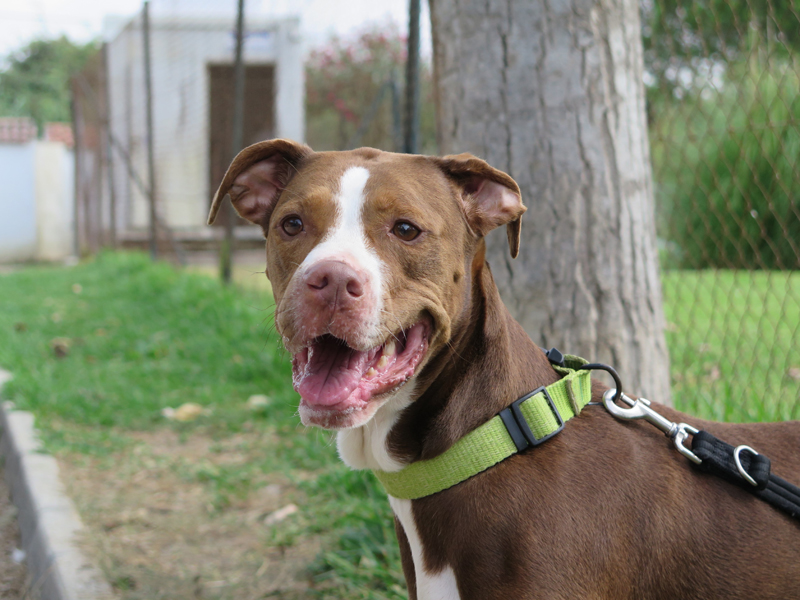
Your adopted Spanish stray dog arrives home: How to get it right
Welcoming a newly adopted dog into the home is one of the happiest and also scarier moments of the dog adoption experience.
A Spanish stray dog is not a
Most adopters believe that what a new dog needs to settle and be happy in the new home is just love. They could not be more wrong. Love is an integral component in the relationship with your dog, but it is understanding of your dog that will guarantee that the process from pound/ stray dog into adjusted pet runs smoothly. This is a process that can take from a few days to years depending on the dog and its past experience. Most dogs that arrive at pounds in Spain would have gone through a number of highly traumatic experiences at the hands of the former owner. These dogs may well show elements of post-traumatic stress disorder on arrival.
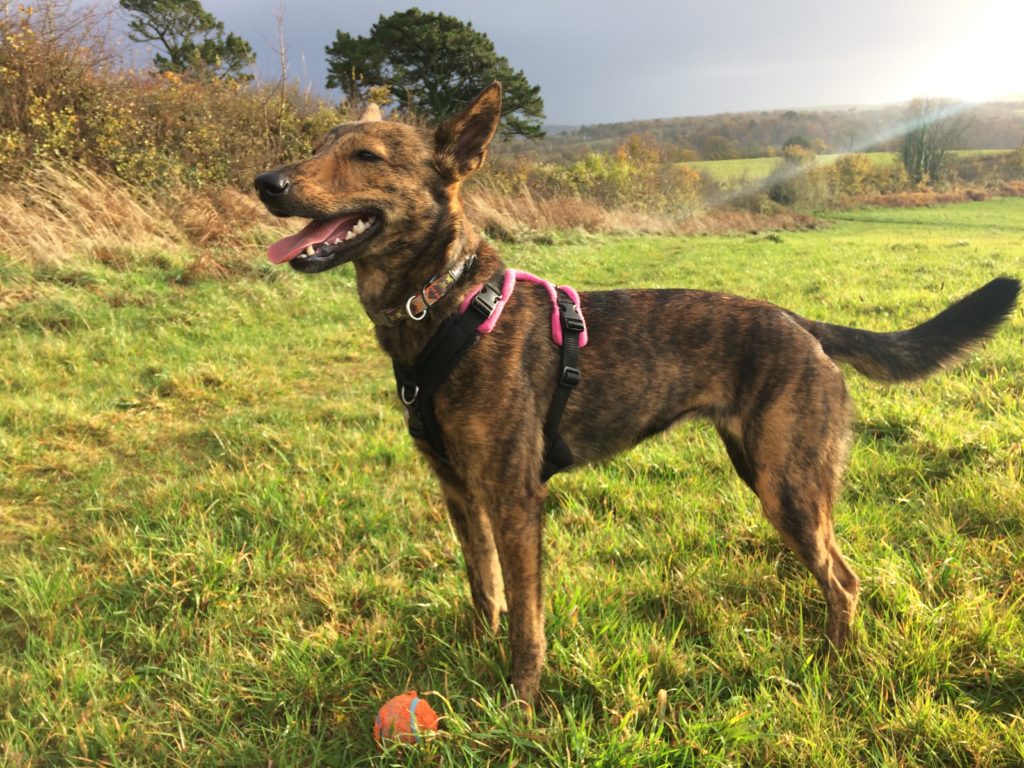
There are a number of guidelines and rules that you as the adopter must follow to ensure that the process of
- Do not overwhelm your dog upon arrival with love. In fact quite the opposite, ignore him. Provide for his needs, that is food, water, lead him to the garden regularly so he can toilet outside, and reward him highly when he goes outside, but other than that let him be. Behave as if he is not there. Let the dog feel no pressure on him at all. Remember kisses and hugs are pressure. Let him observe what is going in the home. A highly renowned behaviourist, Janine Davenport, puts it this way: “the love story between you and your dog must be a slow burner, let his love for you grow slowly and with time. This will be the most satisfactory relationship”. Overwhelming a dog with love and attention will end up creating
behavioural problems that will takelong to solve.
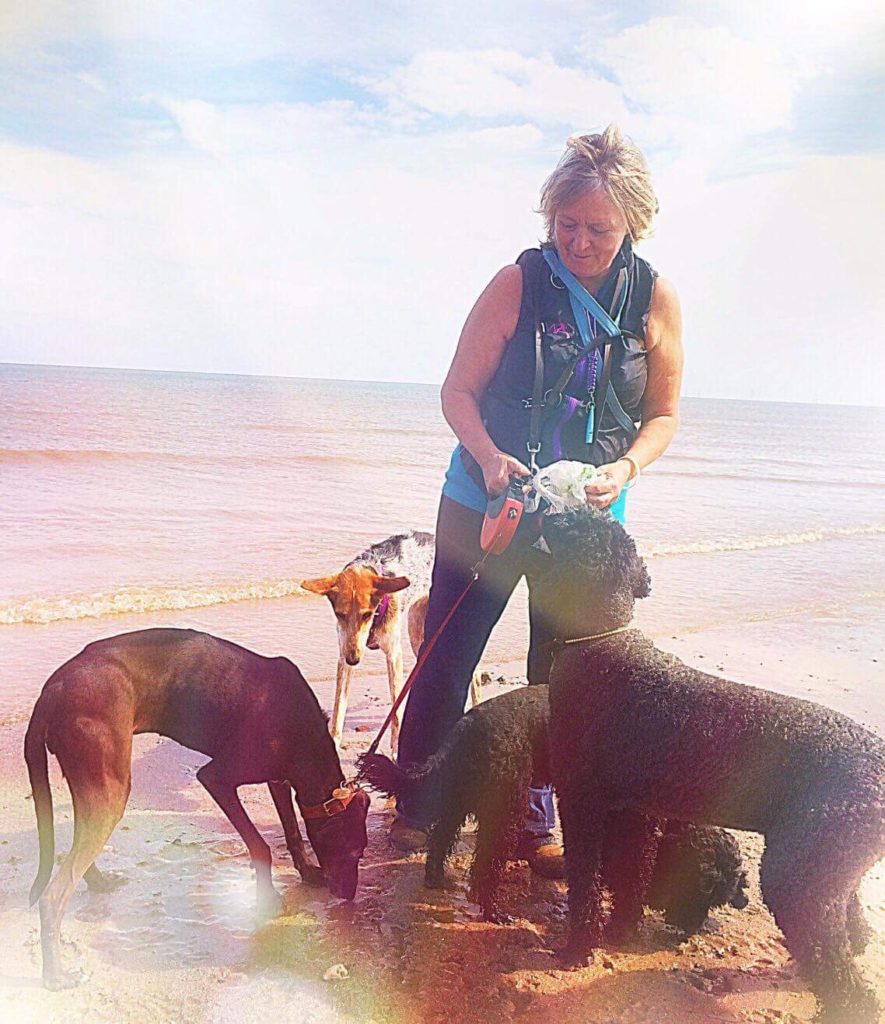
- Start leaving the dog alone from the first few hours of the first day. Do this around 12 times a day, for one minute initially increasing the time left alone slowly. Do this during several days until you feel confident that your dog is happy to be left on its own.
- Set boundaries, the dog should not go onto your bed, sofa, during the first few days and weeks after arrival. It is perfectly fine to let them on the sofa/bed once you have a settled adjusted dog. This tends to happen around the three weeks mark, maybe earlier for some dogs or later for others. No two dogs will be the same

- Do not give your dog food with more than 19% protein. Dogs from the pound and the streets of Spain are not used to high protein diets. Most of them will have lived on average on a 6% level of protein. A high protein diet will immediately raise their stress levels and this increases the risk of problematic behaviours so it is important to keep this very low. Dogs that are very stressed will find it impossible to respond to any behaviour protocol. These are dogs are what is called “above threshold”. The first step is always to ensure that the stress levels reduce to an acceptable level so the dog is responsive to our guidance.
- Never grab a dog by the collar. This raises their stress levels and this is a very aggressive behaviour towards them.
- During the first few days have a soft harness on the dog with a short lead at all times even inside the house, you can then grab the dog by the lead if you need to remove him out of a situation quickly
- Never tell them off. Do not scream or yell at them or be stern, do not gesticulate towards them in an aggressive or abrupt manner. If your dog has done something you do not like, just ignore the behaviour, do not look at him. Reward him when he does a behaviour that is acceptable with a tasty treat and a “well done” or “good boy/girl”. We leave the choice of words up to you. Punishing a dog with any of the acts mentioned above will generate fear and anxiety which will then generate long term problems. The dog will not understand what has done wrong. Not to say that scaring or stressing a dog is just cruel.
- If you already have a dog, on arrival of your new dog, please do ensure that your existing dog gets lots of attention and ignore the new arrival. Let the dogs get to know each other. Eliminate and take off any toys that could create issues or fights within the first few days. Do not leave the dogs alone until you know that issues among them will not arise.
- Once your new dog starts to feel more relaxed and integrated within the family, this can be from one week to three weeks, then stroking, touching in small amounts but often with gentle eye contact can be used. The important thing is to exert no pressure on the dog so the dog can relax knowing that he is not forced to put up with unwanted attention and this applies to hugs and kisses.
- Drop treats on the floor rather than pressuring the dog to take it from your hand
- Feed your dog separate from humans and other dogs so they can feed without feeling pressurised
- Do not make your dog wait too long for food or when you are offering a treat. These dogs have suffered hunger for most of their lives
- Be sure to ask for advice if you have doubts from your rescue, or a good behaviourist. Please ensure that any behaviourist is accredited and uses positive reinforcement training. Do this as quickly as possible. Do not wait.
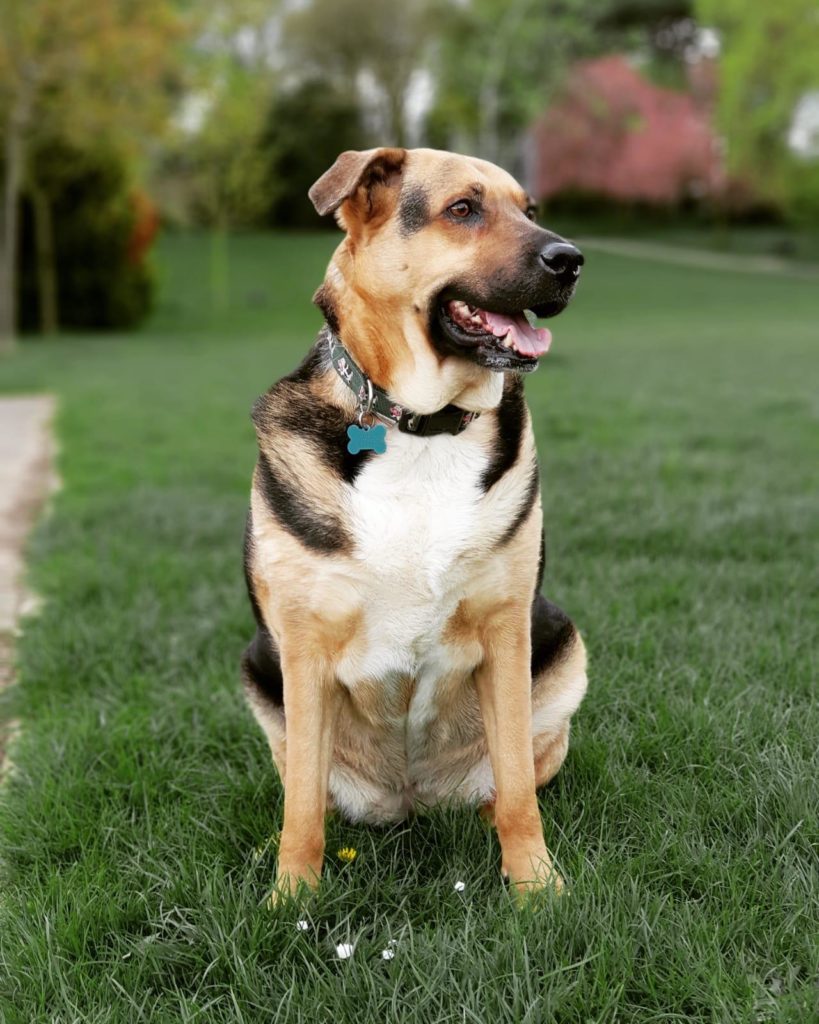
Thank you to dog
Blog written by Victoria Vazquez (Spanish Stray Dogs UK VP)

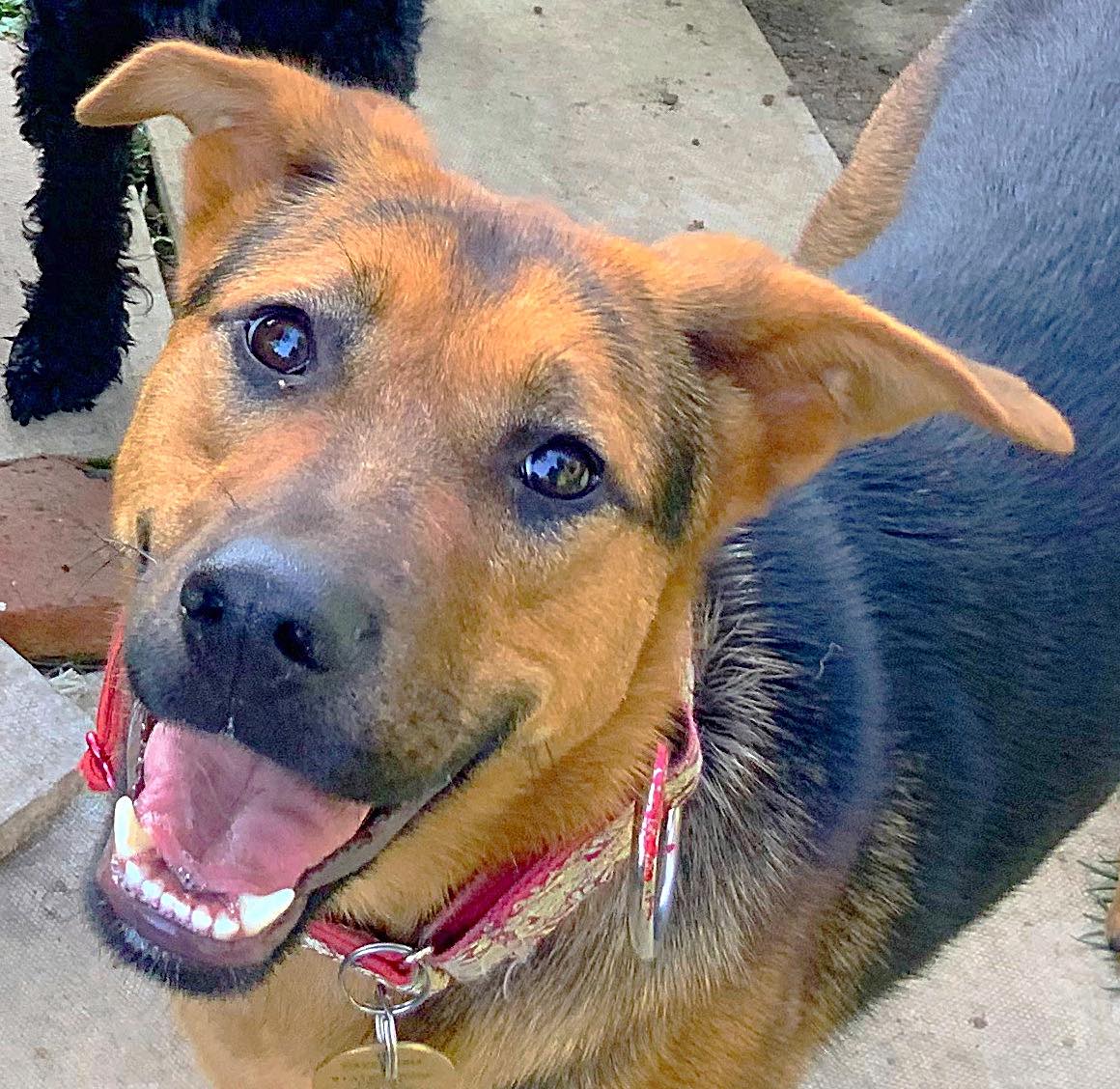
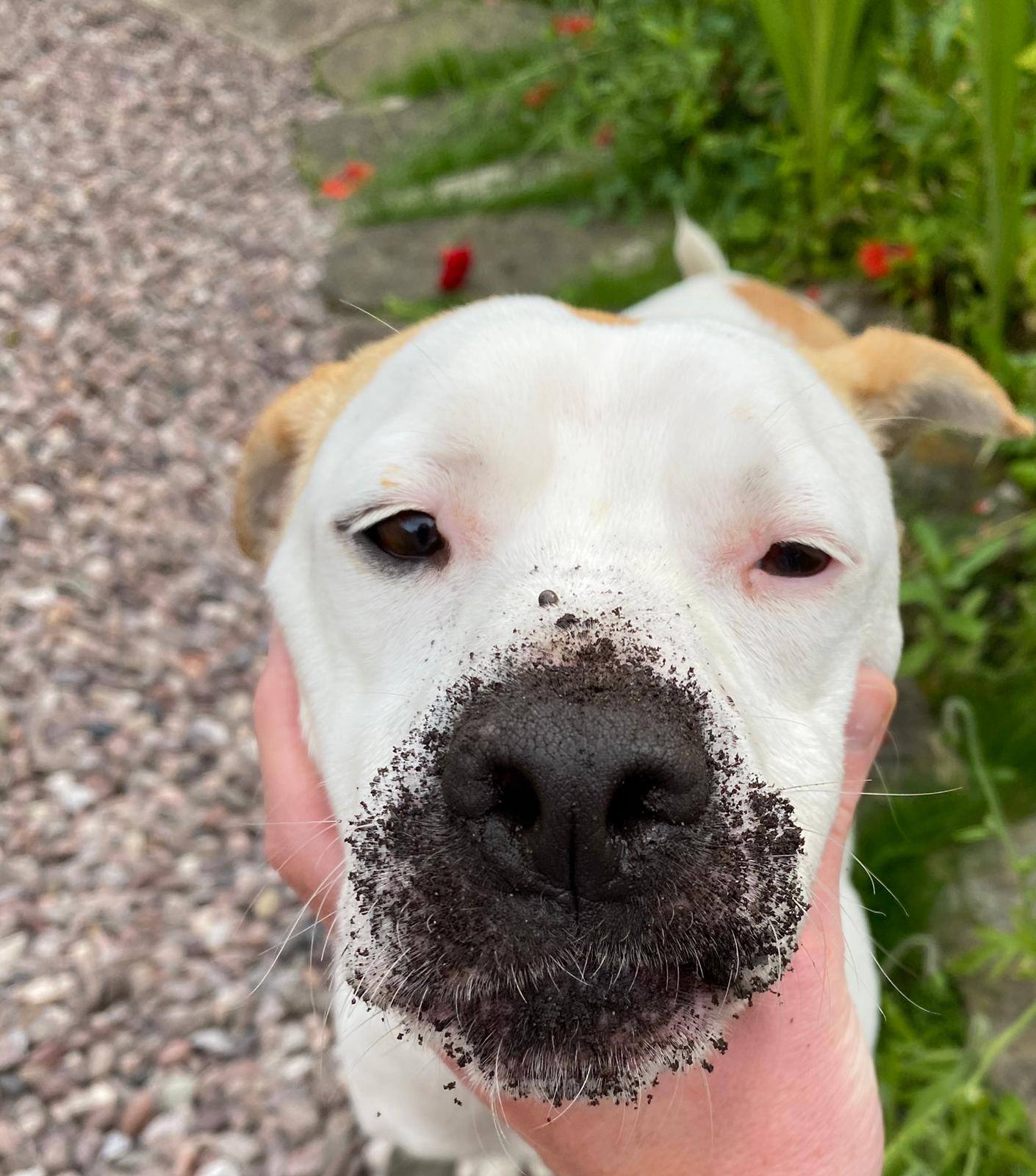
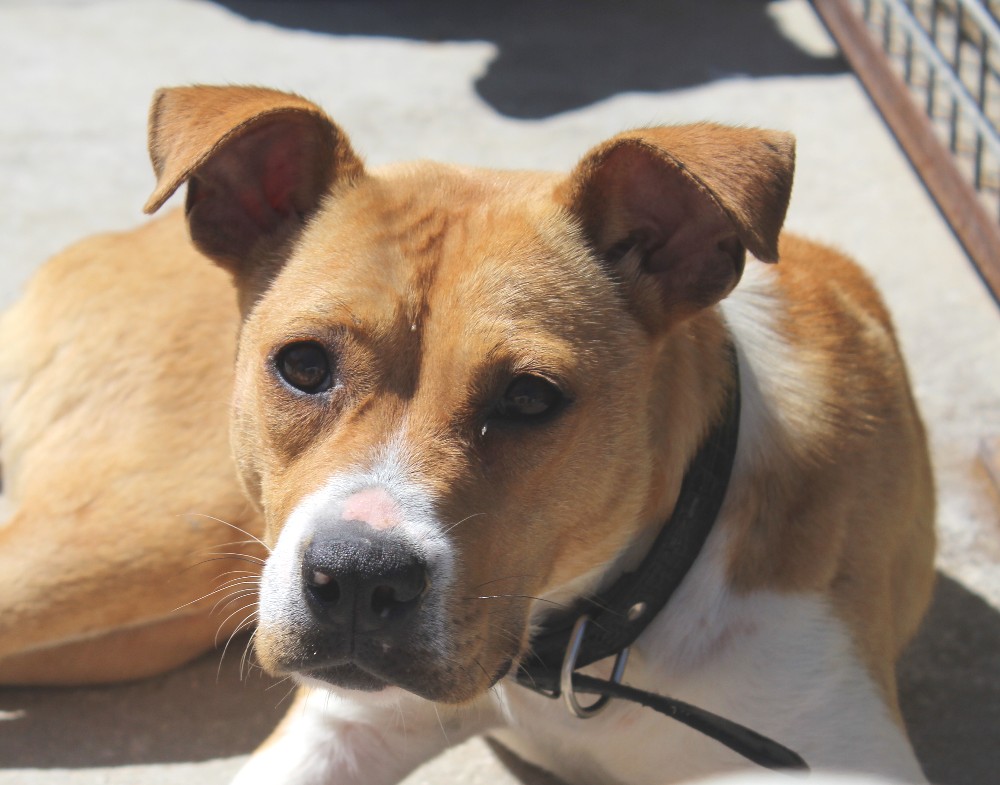
This Post Has 0 Comments